EU Allowances (EUA) are a type of carbon emission permit that allows companies covered by the EU Emissions Trading System (EU ETS) to emit a specified amount of CO₂e. EUAs can be bought and sold on the market, and the fluctuating market price of EUAs reflects the cost of reducing emissions.
If an EU member state manages to significantly reduce its greenhouse gas emissions below the allocated limits under the EU ETS, it can benefit from trading surplus EUAs.
Here’s how it works:
1. Reducing emissions below the EUA allocation:
– If a country, through investments in energy efficiency and low-emission technologies, reduces its emissions below the limit set by the number of allocated EUAs, it will have a surplus of these permits.
2. Selling the surplus EUA:
– The country can then sell the surplus EUAs on the secondary market to other companies/countries that need these permits to cover their emissions.
3. Financial benefits:
– Revenue from selling surplus EUAs provides additional financial resources for the country, which can be reinvested in further climate protection activities.
Thus, the more ambitious reduction measures a country undertakes, the more surplus EUAs it can sell on the market, generating additional budgetary income. This provides a strong financial incentive to intensify efforts towards decarbonizing the economy.

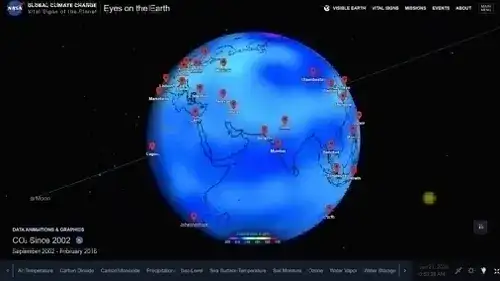
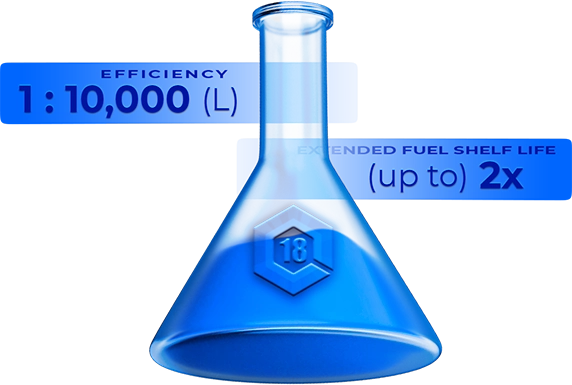
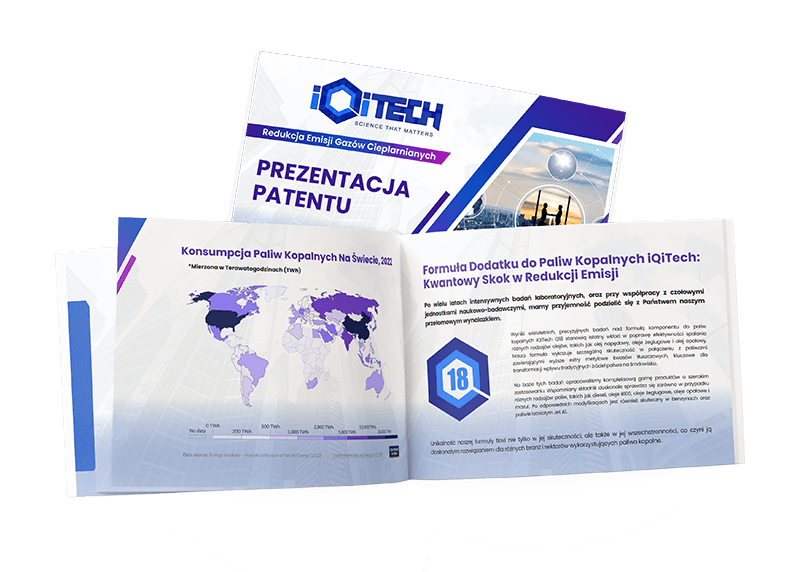
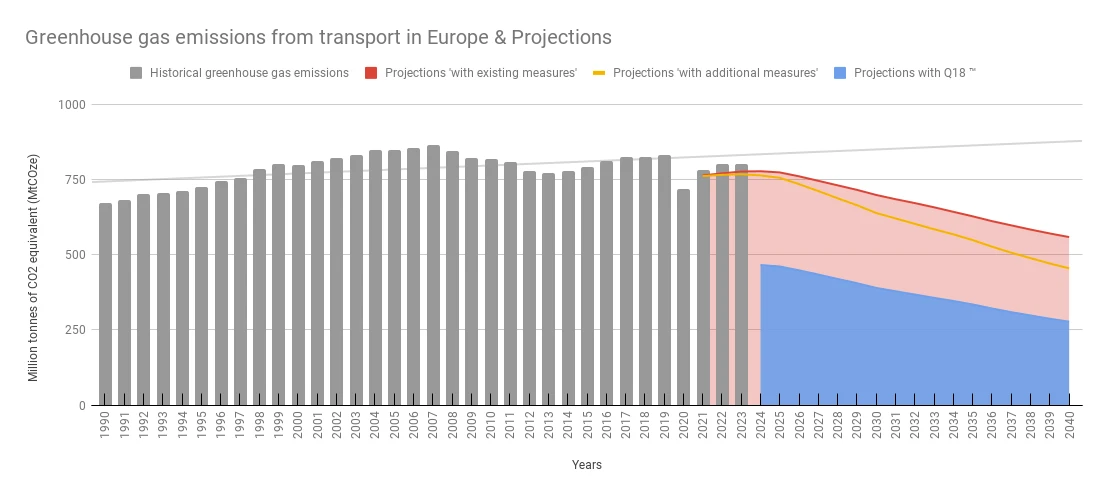

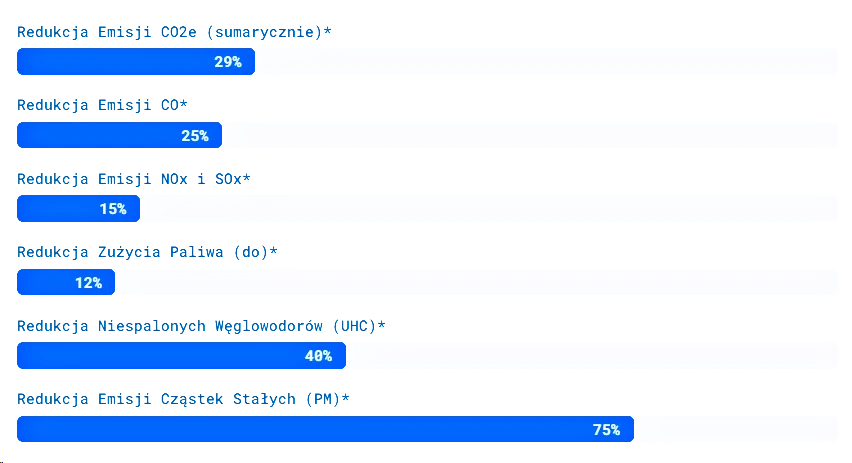

Recent Comments